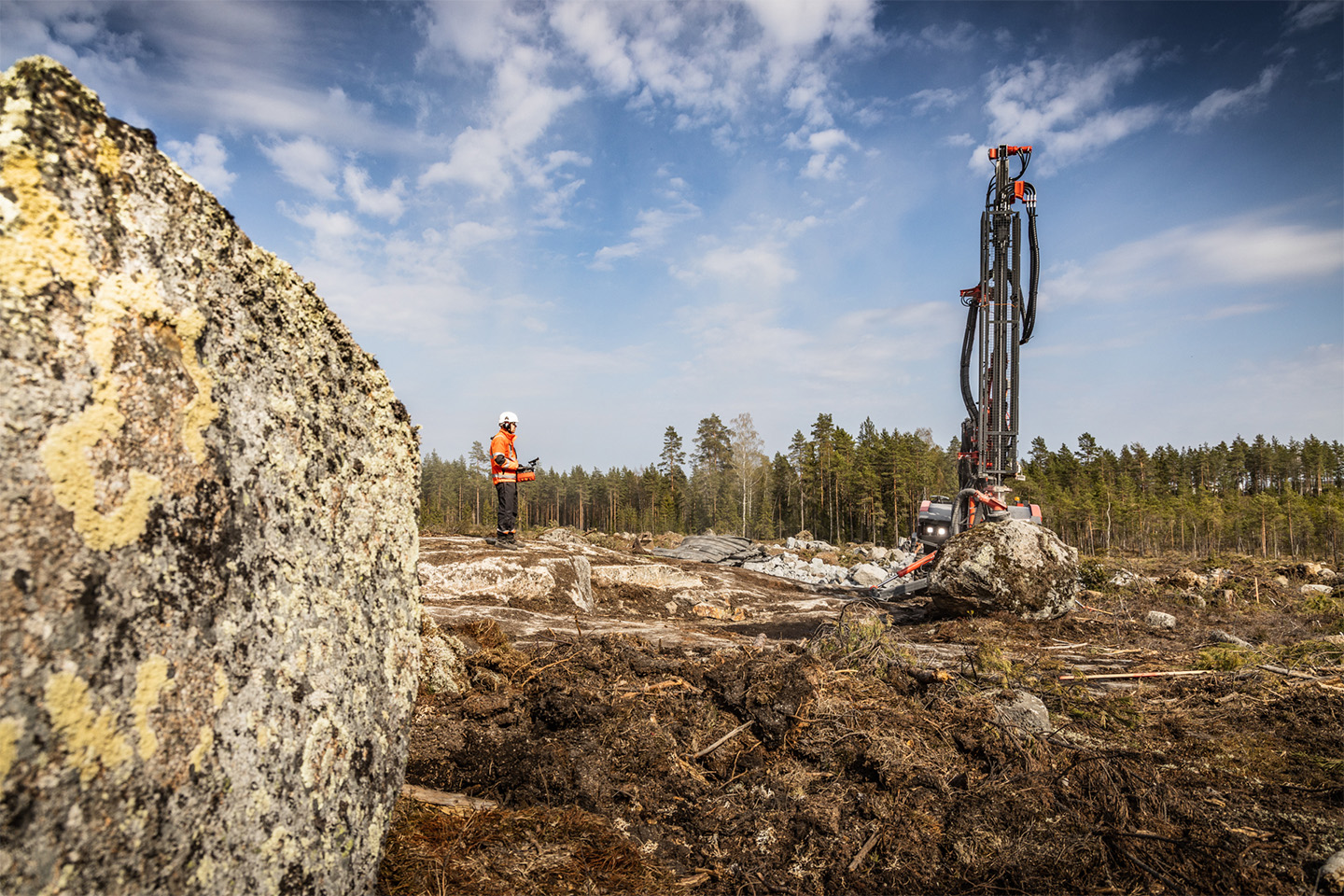Executive mining pay packages under microscope
The pressure is on for mining executives to prove they’re worth what they’re paid, according to the authors of a study released this week, reports Business in Vancouver.
“Folks in the mining sector are well-paid, but boards are making them accountable to deliver … recently we had turnover at Barrick [TSX:ABX], we had turnover at Kinross [TSX:K], we’ve seen a lot of turnover at the majors and the juniors have followed suit,” said Frank Galati, managing partner at Bedford Consulting Group.
The Mining Industry 2012 Executive and Board Remuneration Report was developed by Bedford and Global Governance Advisors and tracks compensation for executives and directors at 233 mining companies. The survey included major international firms as well as Canadian mid-tiers and juniors.
The report shows only modest increases in executive pay – a result, Galati said, of a soft market in the sector over the past two years.
Companies are also finding it difficult to find qualified board members, in part because of new rules limiting how many external boards an executive can sit on. The problem is especially acute for juniors, who pay modest retainers and try to make up the difference with stock options.
An increased workload for directors, especially for heads of audit and compensation committees, is also making board recruitment an uphill battle.
There’s now an additional pressure from shareholder activists to “get it right” when it comes to setting executives’ “at risk” compensation, said Global managing partner Paul Gryglewicz.
Annual executive bonuses and granting of stock options are increasingly determined by the company’s stock price or other performance metrics.
“If you were a producing mine, your performance metrics … might be return on capital employed to controlling your costs,” said Gryglewicz.
“If you were an exploration and development company, that could be hitting project milestones that would move your asset or your mine site closer to production.”
Shareholder activists have also pushed for mining executives and directors to tie their wealth to their company’s stock price.
The report shows that 82% of the largest companies (more than $20 billion in assets) required their CEOs to accumulate shares in their own company; about 62% of medium-sized companies had the same rule. But only 4% of small companies (under $1 billion) obligated their CEOs to buy shares. The numbers were similar for the same requirement for board members.
“Shareholder activists tend over time to start with the largest companies that are traded in the capital market,” said Gryglewicz. “I think now that this has been a trend for the last number of years, we’re seeing a bit more of a domino effect in those middle-cap companies where we’re seeing an increase in adopting such policies.” •
{{ commodity.name }}
{{ post.title }}
{{ post.date }}


Comments